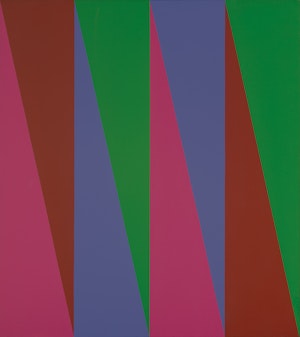Past Auction Highlights
GUIDO MOLINARI
Untitled (Triangular Structure)
acrylic on canvas
signed (twice) and dated “5/71” & 1971 on the reverse
45 x 40 ins ( 114.3 x 101.6 cms )
Auction Estimate: $40,000.00 - $60,000.00
Price Realized $45,600.00
Sale date: June 15th 2022
ALEXANDER YOUNG JACKSON
Bark Lake, Near Barry’s Bay, Ontario, In the Ottawa Valley
oil on canvas
signed lower right; titled on the reverse of the frame
16 x 20 ins ( 40.6 x 50.8 cms )
Auction Estimate: $30,000.00 - $40,000.00
Price Realized $52,800.00
Sale date: December 1st 2022
MAUD LEWIS
Winter Sleighing Scene with a Covered Bridge
mixed media on board
signed lower right; inscribed “Digby, Nova Scotia, August - 1966” (not in the artist’s hand) on the reverse
12.5 x 13.75 ins ( 31.8 x 34.9 cms )
Auction Estimate: $15,000.00 - $20,000.00
Price Realized $45,600.00
Sale date: March 22nd 2022
The specific item you have requested is not available for viewing at this time.
Now Accepting Consignments
We are currently seeking artworks for inclusion in our upcoming auctions of Canadian art.
Click here to learn about including artwork in upcoming auctions.





